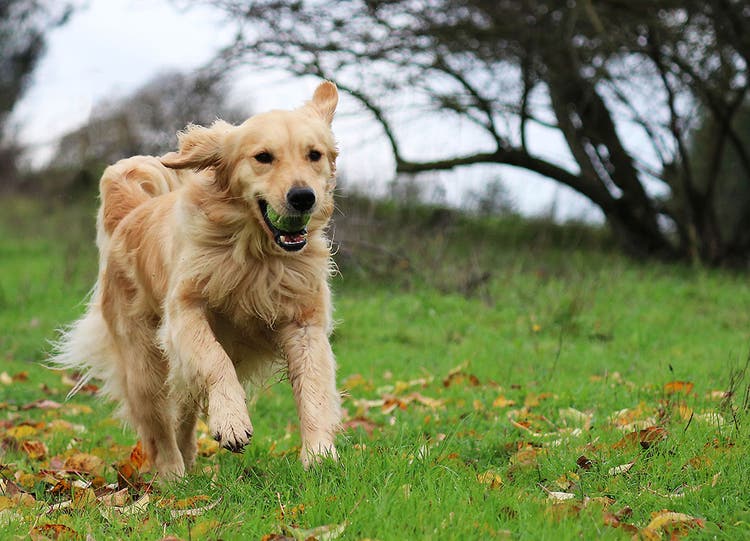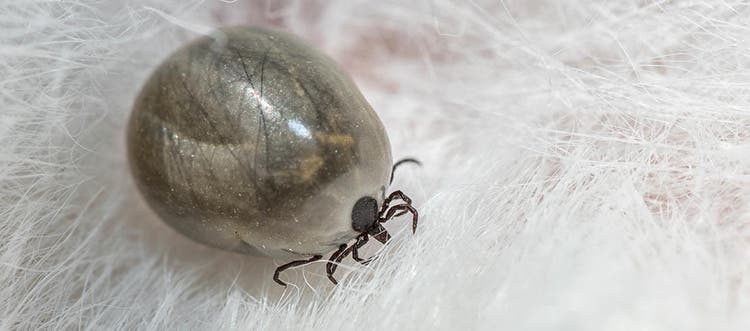Ticks are masters of hiding and can be difficult to spot if they’ve hitched a ride on your pet. What does a tick look like on a cat or dog? Learn what ticks look like, how to check for them and what to do if you spot one.
What does a tick on a cat or dog look like?
While there are more than 900 species of ticks worldwide and approximately 40 species in Canada, in general these parasites share some common characteristics. Keep in mind that tick larvae, nymphs and adults are all capable of biting.
- Tick larvae are about the size of a grain of sand and look like red or black specks.
- Tick nymphs are slightly larger than larvae, about the size of a sesame seed.
- Unfed adults are about the size of an apple seed, flattened and teardrop shaped.
- They are typically brown in colour, with a darker brown area around their mouthparts.
- If your pet ventures outside, check them regularly for ticks using our visual guide.
- Engorged ticks are noticeably larger than unfed ticks – about 1 cm long. Engorged ticks can be grey or white in colour and rounded.
How to find ticks on your cat or dog
Regularly looking for ticks on your pet can help protect them and give you and your family peace of mind. These tips will help you properly check for ticks:
1. Run your fingers through your cat’s or dog’s fur. Ticks, particularly well-fed ones, feel like small round bumps on the surface of the skin.
2. Check your pet’s neck, “armpits”, head, around the mouth and lips, ears and feet. Don’t forget to look carefully between the toes. Ticks can also be found in the mouth! In addition, check underneath collars, harnesses or other gear or accessories your pet may be wearing. Ticks can be hidden in long coats, but they prefer to feed on areas where it’s easier to get close to the skin.
Note: Usually by the time you spot a tick, it has already latched onto your cat or dog and is feeding, but sometimes you’ll find an unfed tick wandering across the surface of your pet’s fur, looking for a place to feed.
3. Occasionally, people mistake a small skin lump on their pet for a tick. If you suspect one of these lumps is a tick, look closely, if you can see legs, this lump is probably a tick. If you’re unsure or concerned, have your pet checked by your veterinarian.
What to do if you find a tick on your cat or dog
If you find a tick on your pet, don't panic, and don’t pull it off with your fingers. There’s no need to stress out your pet, and the last thing you want to do is squeeze or break the tick off while it’s feeding.
Call your veterinarian to discuss how to safely remove a tick from your cat or dog and take steps to protect your pet against ticks.









